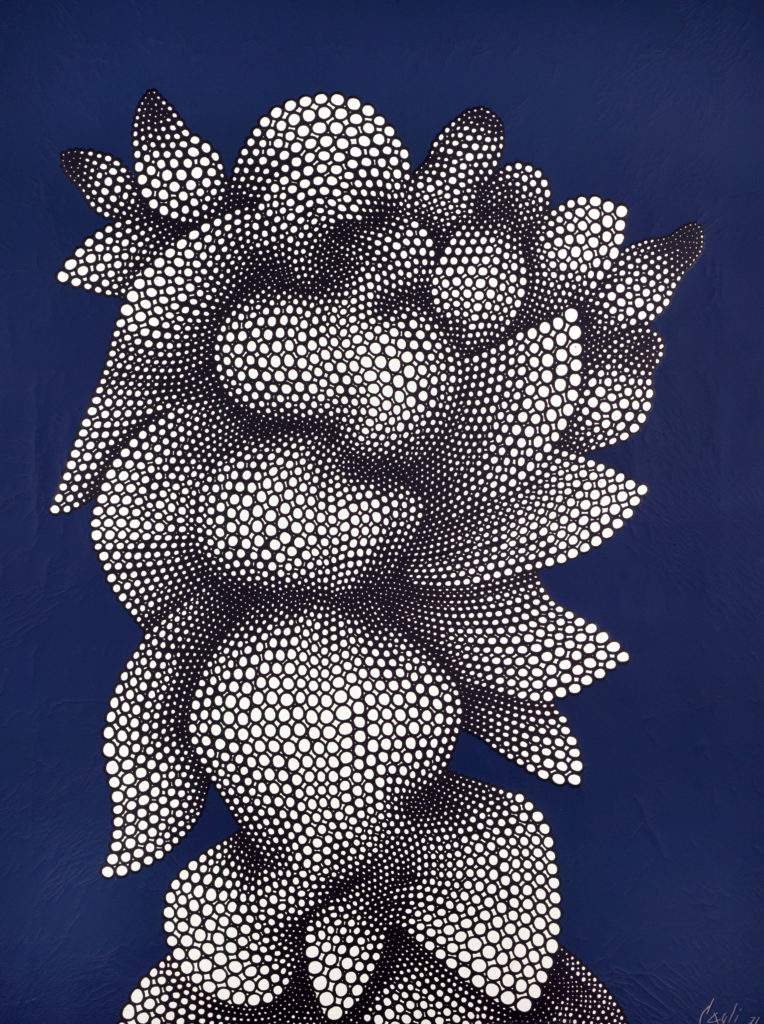Rome, at the Palazzo Cipolla Museum an anthological retrospective on Corrado Cagli, a protagonist of the 20th century
In the spaces of the Palazzo Cipolla Museum on Via del Corso in Rome, the retrospective anthology entitled Corrado Cagli. Folgorazioni e Mutazioni, dedicated to the vast oeuvre of Corrado Cagli (Ancona, 1910 - Rome, 1976).
The exhibition is curated by Bruno Corà, historian and critic, president of the Burri Foundation, in collaboration with theCagli Archive, promoted by the Fondazione Terzo Pilastro - Internazionale, and organized by Poema S.p.A. with the support of Comediarting.
The exhibition presents a wide repertoire of selected paintings as well as a substantial body of drawings, sculptures, sketches and theatrical costumes, tapestries and graphics, for a total of about 200 works from important institutions and prestigious private collections. The exhibition reconstructs in its entirety the vast creative activity of one of the major protagonists of the Italian and international artistic debate of the 20th century and brings Cagli back to Rome after the 1999 solo exhibition held in the rooms of the Archivio Arco Farnese gallery curated by Fabio Benzi.
The exhibition allows the public to view the major pictorial cycles created by the artist: from the first youthful works in majolica to those made in oil or with other techniques of the Roman School period (1928 - 1938), from the neo-metaphysical proofs (1946 - 1947) elaborated in New York to the studies on the Fourth Dimension (1949), and then to the Cellular Motifs (1949), the Direct and Indirect Imprints (1950), the ethereal Metamorphoses (1957 - 1968), the Orphic Variations (1957), the evocative and enigmatic Carte series (1958 - 1963), and finally concluding with the Modular Mutations developed until the mid-1970s.
Some of the iconic moments of Cagli’s painting are highlighted in the exhibition, such as those aimed at giving an identity to Italian “muralism” (in parallel with Sironi) in the search for “a cyclic and polyphonic art”; some of the panels constituting the cycle exhibited and partly censored at the 1937Paris World’s Fair are brought together for the occasion. Also featured are some works exhibited in the exhibition of his return to Italy, after his American exile, at the Palma Art Studio in 1947, which provoked a backlash from the artists of the Forma group. Finally, on display, in addition to tapestries, plastic works, architectural sketches of the Zodiac Fountain in Terni and those of the Göttingen Monument in Germany, one can also see also the monumental cartoon of the mural painting executed for the XXI Venice Biennale in 1938, Orpheus Enchants the Beasts, and a relevant section focusing on his activity as a theatrical set and costume designer with an emphasis given to his New York experience with the Ballet Society together with George Balanchine.
The catalog, published by Silvana editoriale and introduced by a critical essay by curator Bruno Corà, presents essays by Aldo Iori, Federica Pirani, Angelo Calabrese, Rita Olivieri, Marco Tonelli, Antonella Renzitti, Claudio Spadoni and Adachiara Zevi, among other contributions, as well as a considerable historical-critical apparatus and a selection of the artist’s writings edited by Giuseppe Briguglio of the Cagli Archive in Rome.
For all information you can visit the official website of the Cagli Archive.
Pictured: Corrado Cagli, Buglione (1971)
Source: press release
 |
| Rome, at the Palazzo Cipolla Museum an anthological retrospective on Corrado Cagli, a protagonist of the 20th century |
Warning: the translation into English of the original Italian article was created using automatic tools. We undertake to review all articles, but we do not guarantee the total absence of inaccuracies in the translation due to the program. You can find the original by clicking on the ITA button. If you find any mistake,please contact us.




























